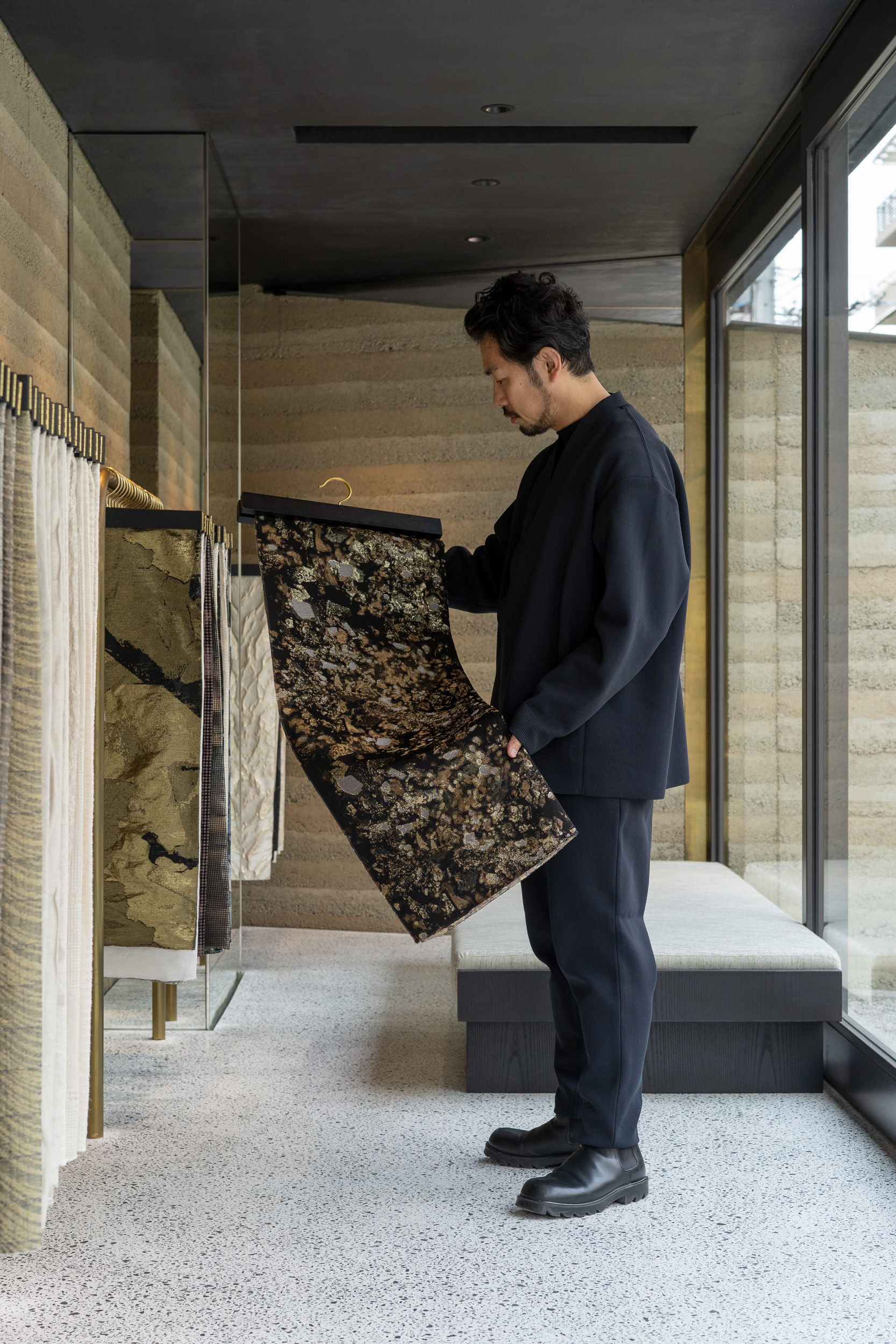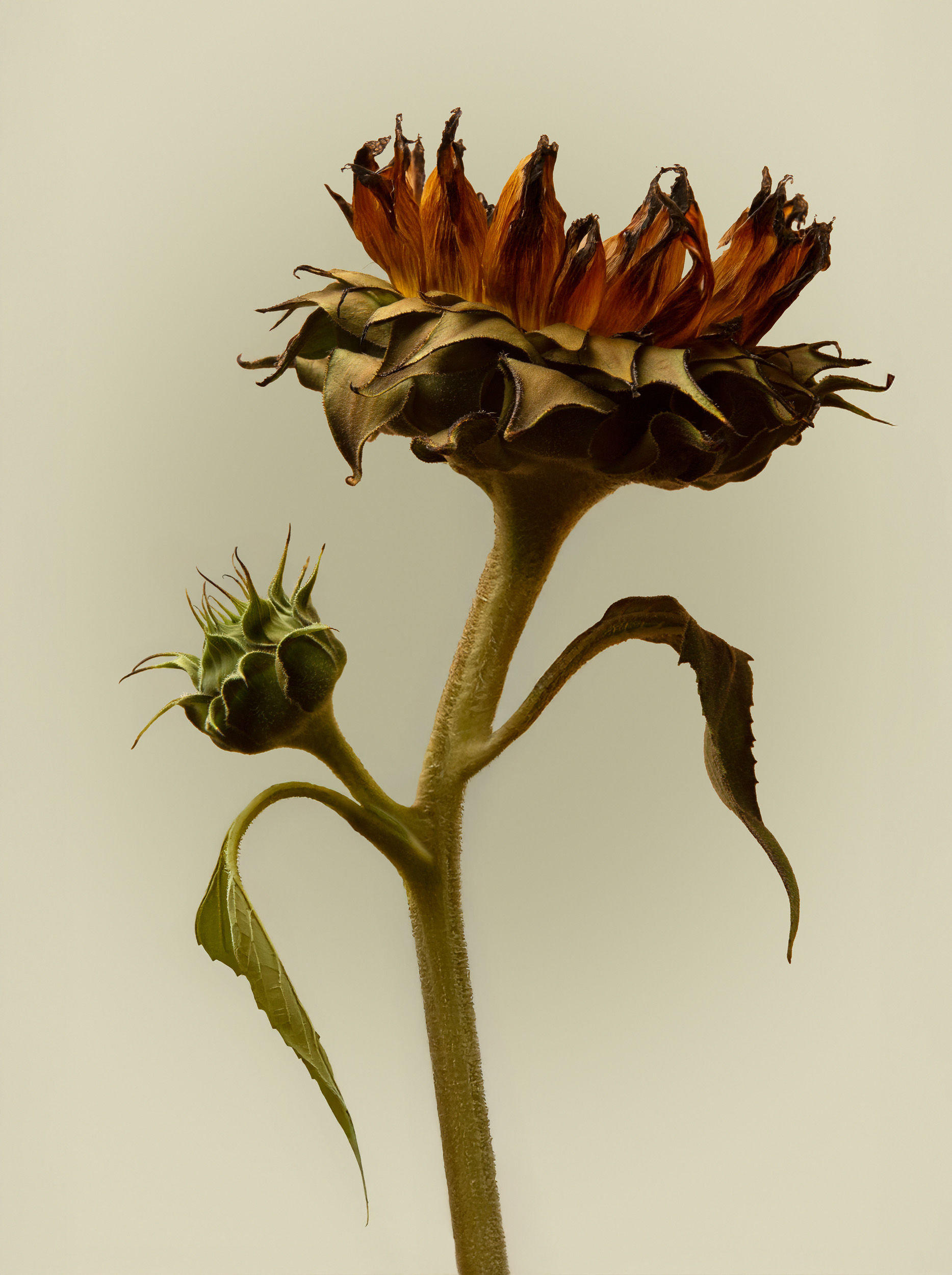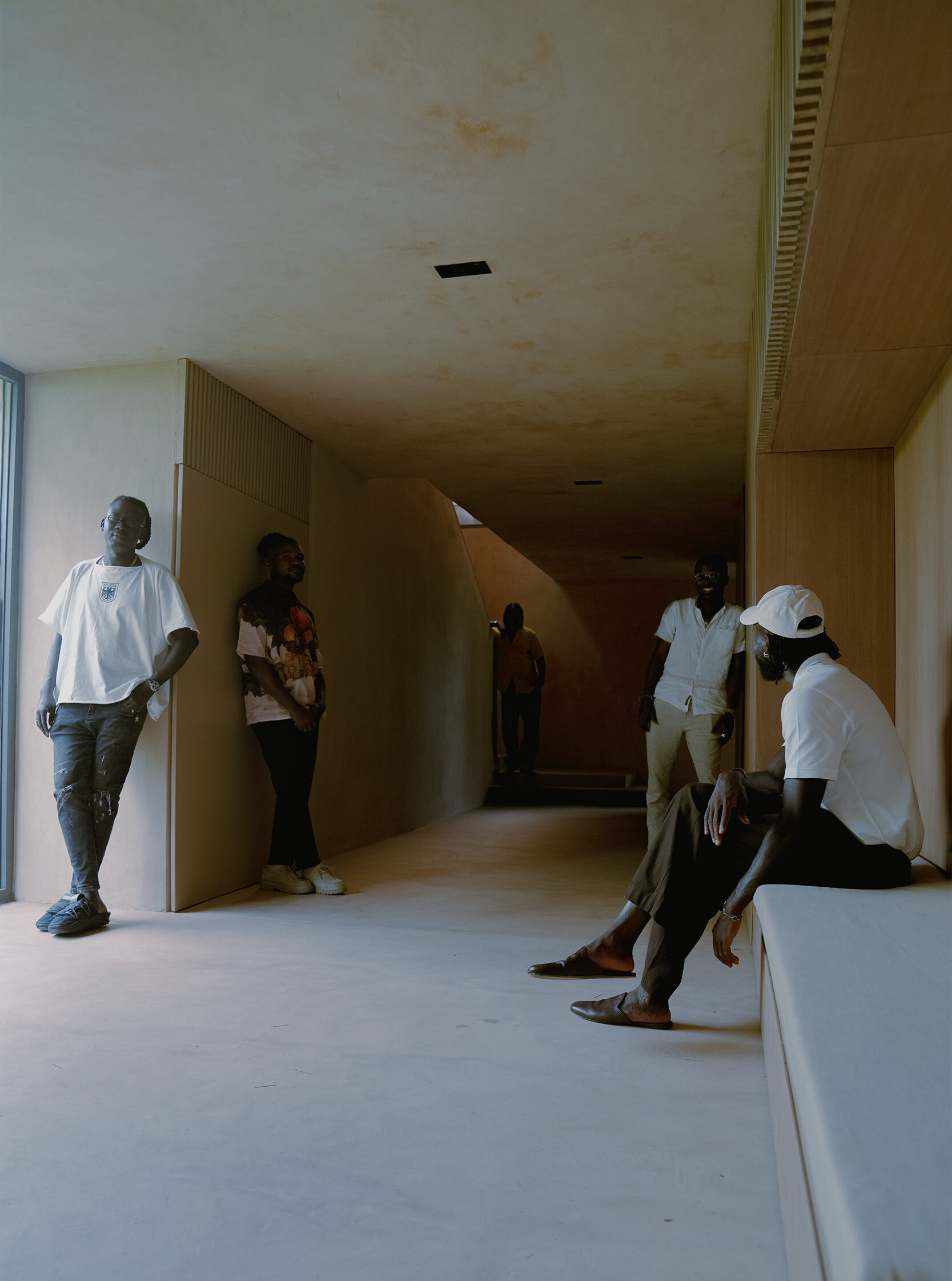
WARP SPEED:The Kyoto weavers quietly bringing traditional weaving to new heights.
WARP SPEED:The Kyoto weavers quietly bringing traditional weaving to new heights.
At this year’s Expo in Osaka, alongside national pavilions made of hanging ropes, rattan threads and pneumatic membranes, sits a structure wrapped entirely in a bold red, flowery textile. Covering a surface area of over 30,000 square feet, it has earned the Guinness World Record for the largest building wrapped in Jacquard fabric. Specifically in this instance, it’s Nishijin brocade, a traditional Japanese silk textile and the specialty of its creator, Hosoo, the 300-year-old weavers taking Kyoto’s rich textile tradition in a new direction.
To get a sense of Hosoo’s vision, you only have to visit its flagship store in the backstreets of Kyoto’s Karasuma Oike neighborhood. From the outside, the squat monolithic black building, encircled by high rammed earth walls, gives little away, but inside, woven silk cushions, curtains, jackets, dresses and sleepwear sparkle with the brand’s signature gold thread. In a gallery on the second floor, Hosoo’s textiles are presented as art: squares and rectangles, some over a yard wide, with faint lines and subtle color gradations, diffuse, snowy fields or angular monochrome patterns resembling computer graphics. It’s a far cry from the traditional obi and furisode kimono—Hosoo’s mainstay products—that are on display in an appointment-only showroom upstairs, and yet it all stems from the same founding philosophy.
“We are based on a tradition of weaving that was pursued without regard for cost or production efficiency,” says Masataka Hosoo, the 12th-generation head of Hosoo who became president of the company in 2020. “It comes from a background of order-made woven textiles of the highest quality. Beauty was the only objective.”
Hosoo was established in 1688 in the Nishijin weaving tradition that began some 1,200 years ago in Kyoto, where skilled artists crafted fabrics for the Imperial Court, aristocrats, Shinto shrines and Buddhist temples, and later the shogun. Weavers have managed to hand down their skills to the next generation through disasters and upheavals including the Onin War, a 15th-century civil conflict that left its mark on the art: It takes its name from Nishijin, a Kyoto district meaning “western encampment” where samurai forces led by warlord Yamana Sozen were assembled.



